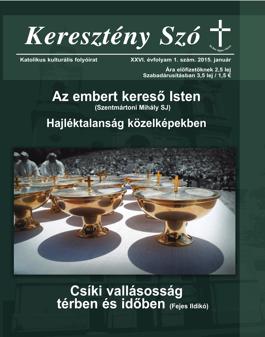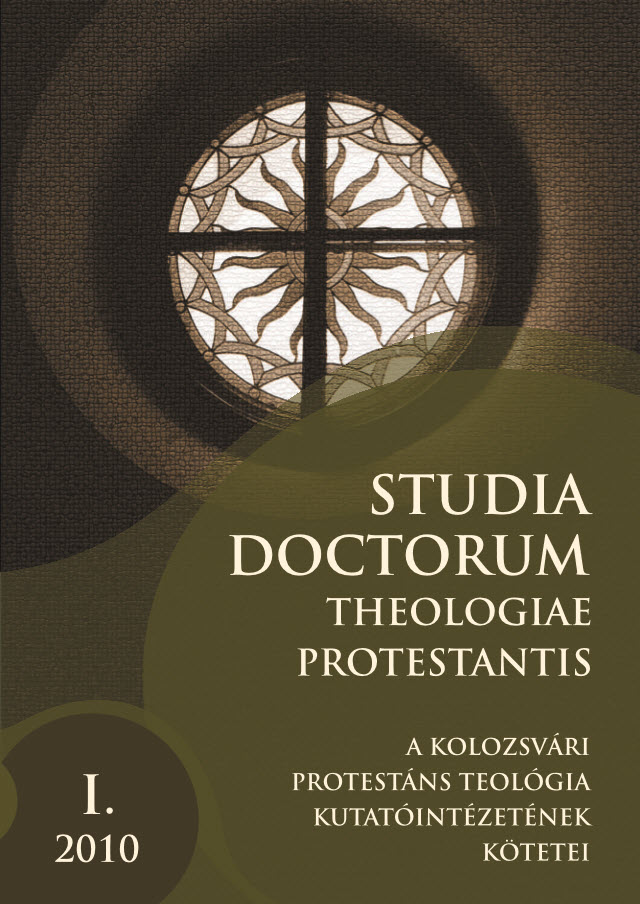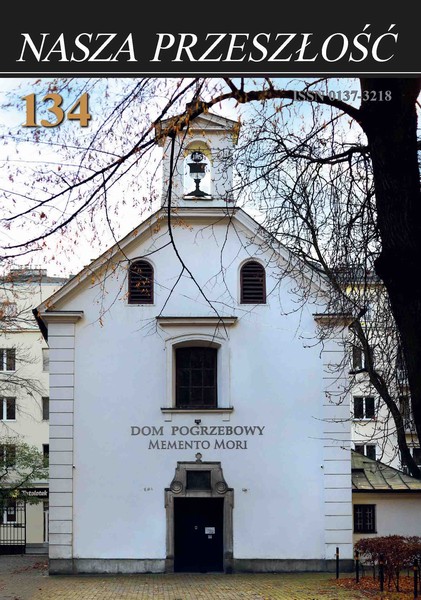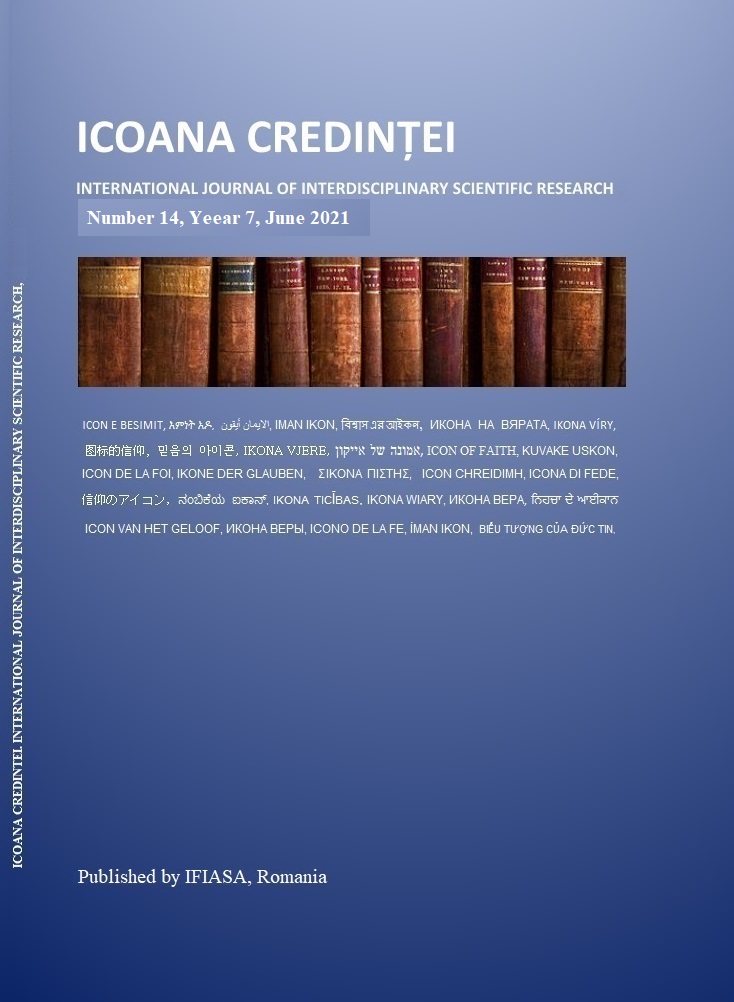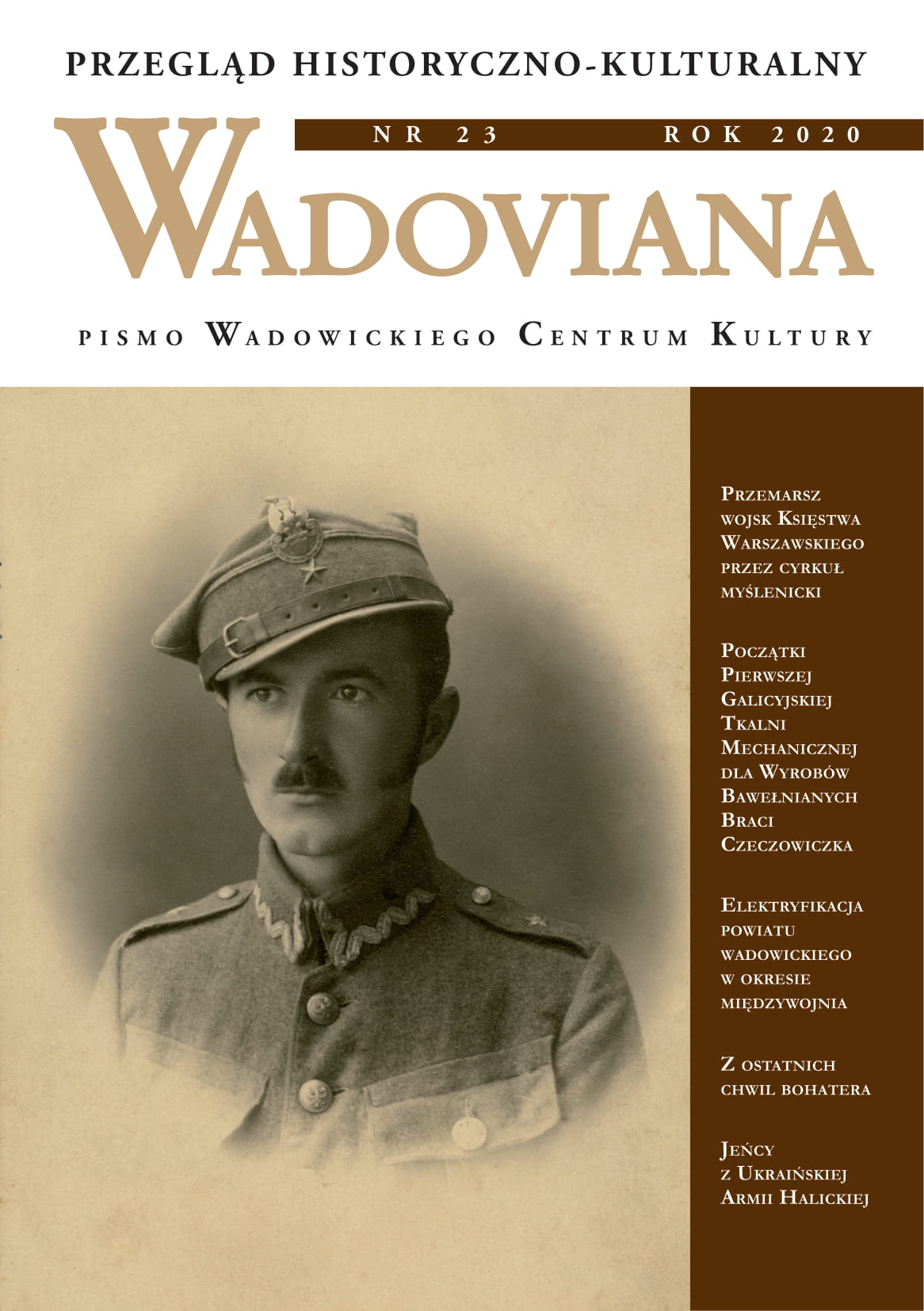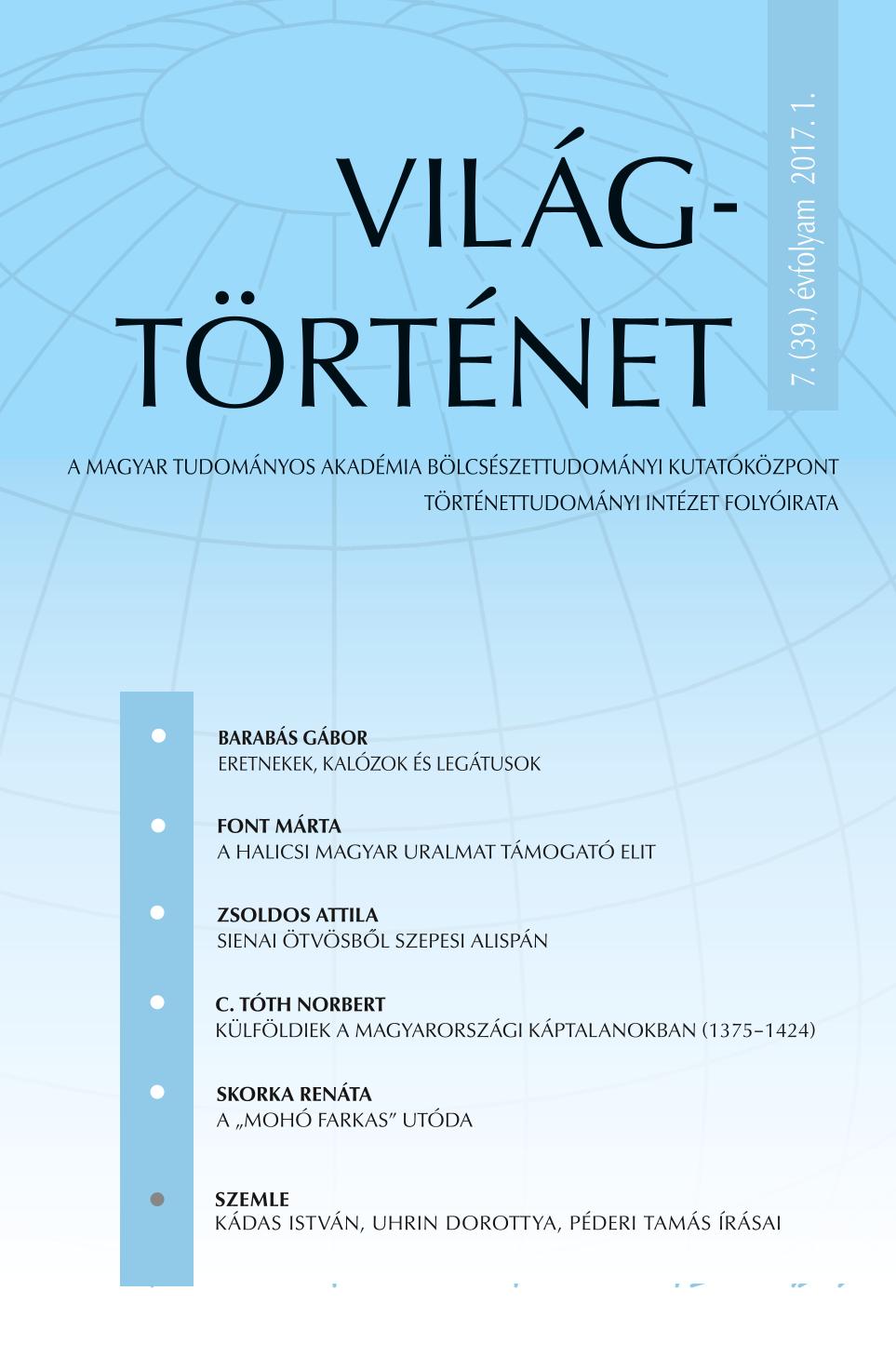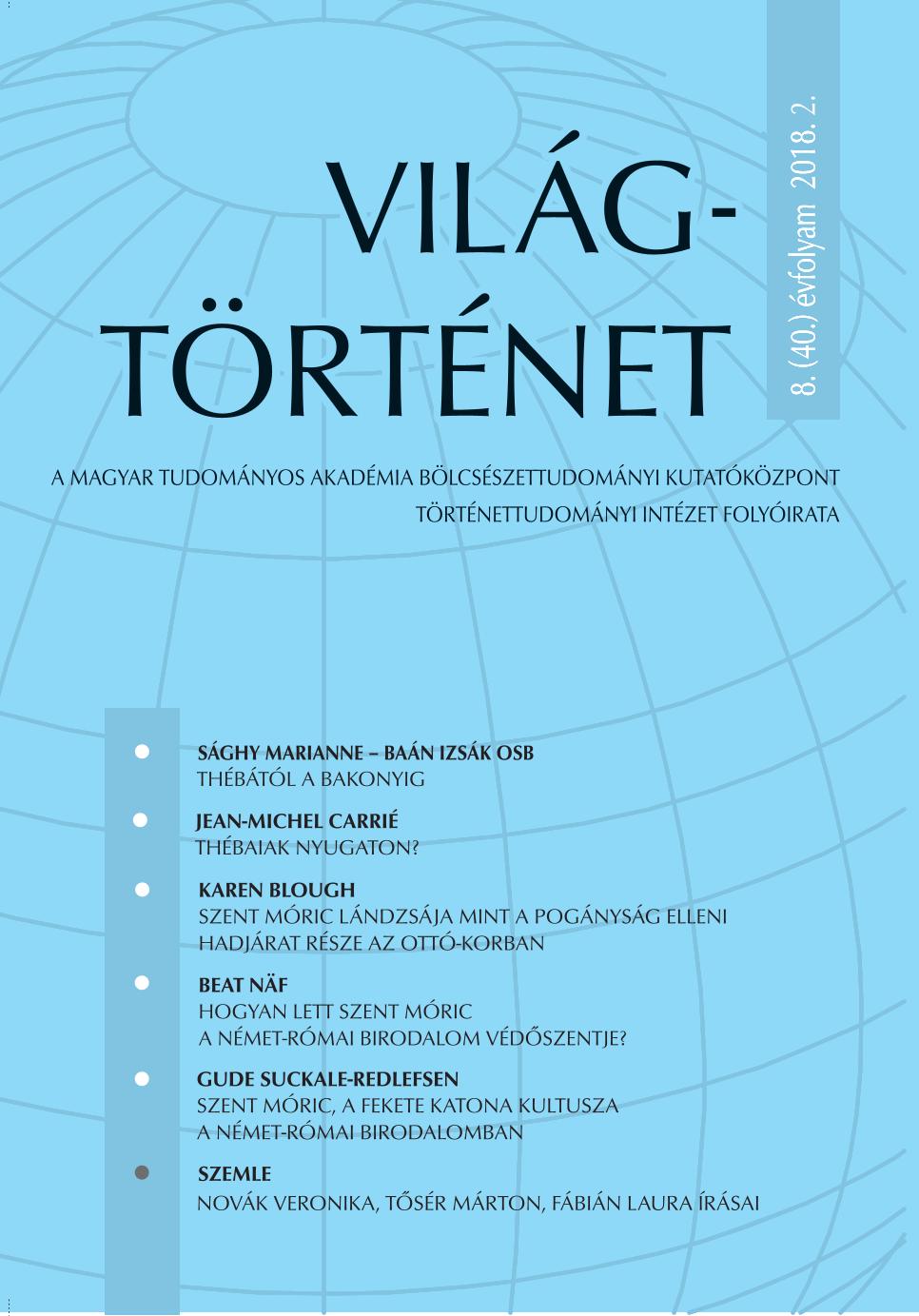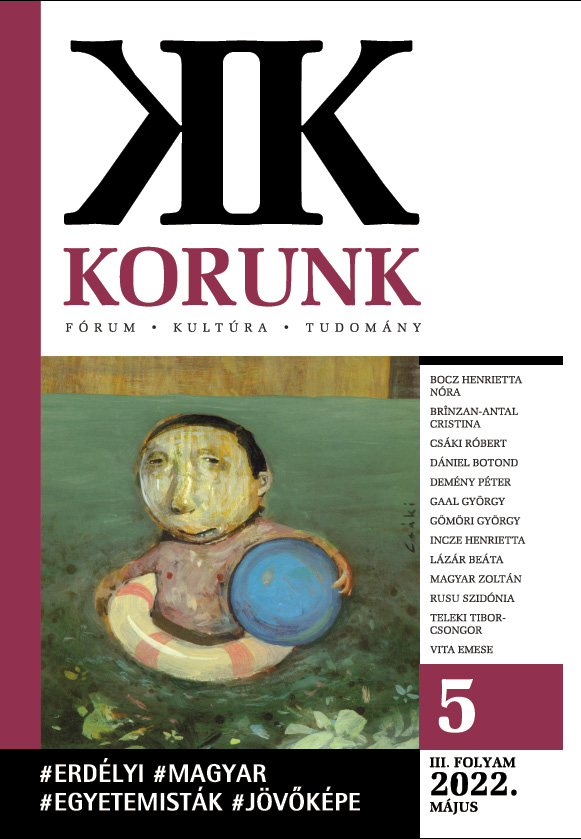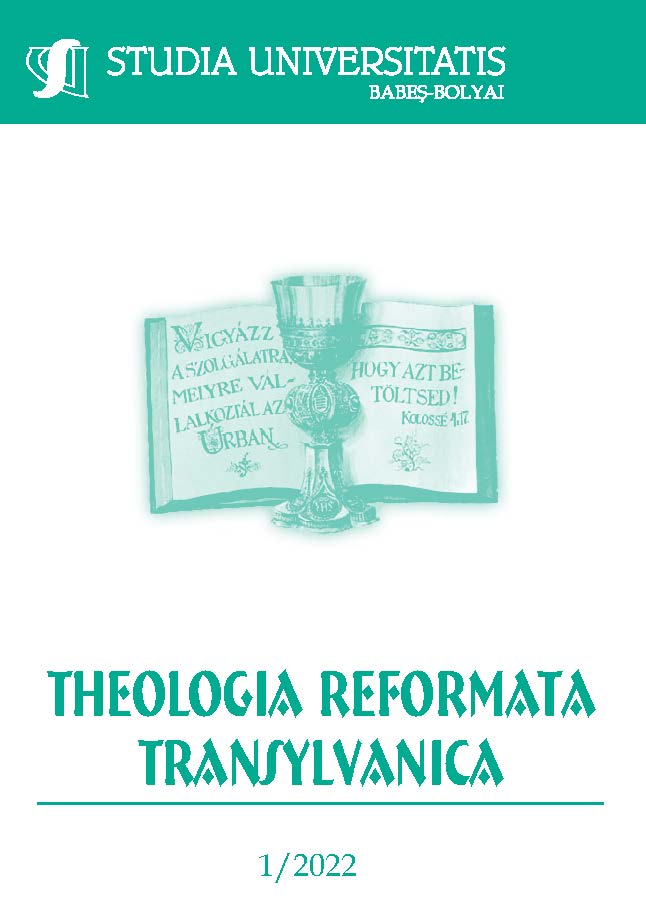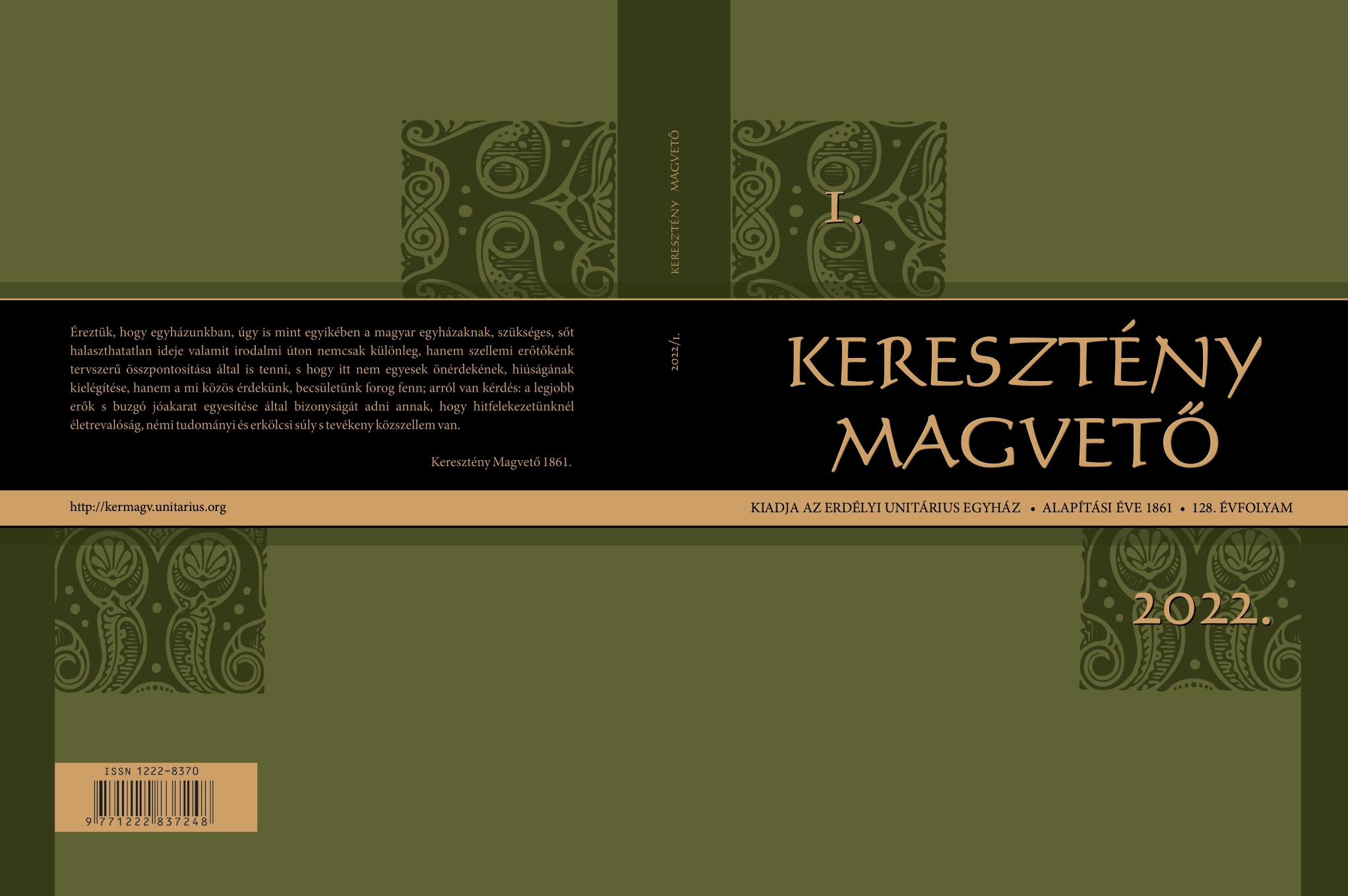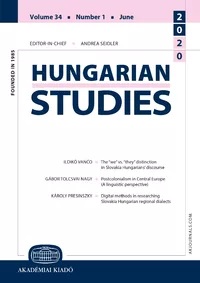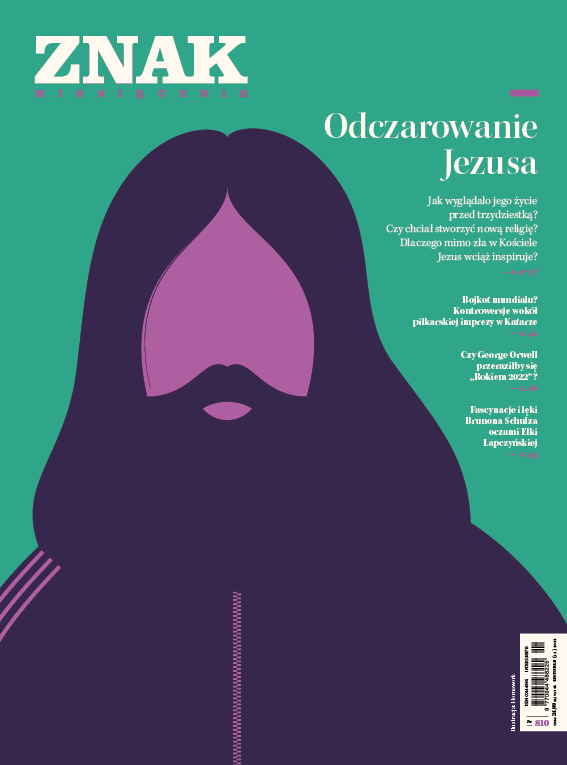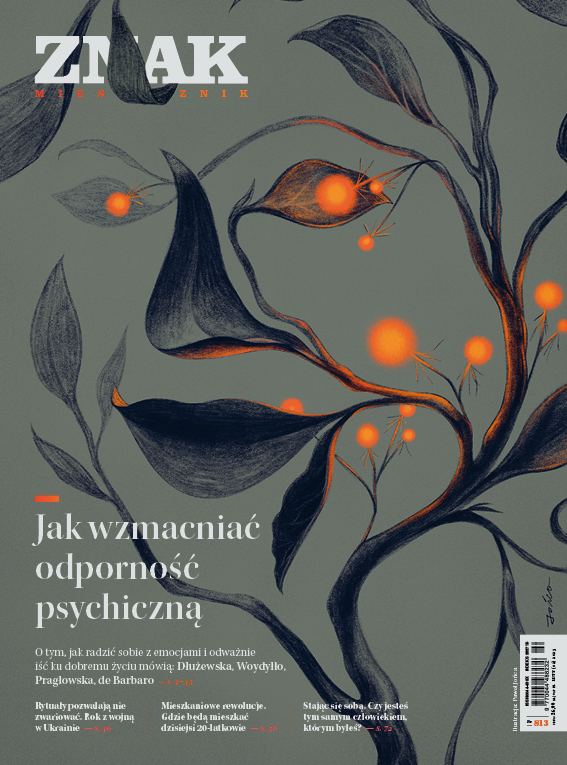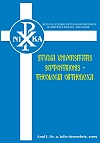
Prevederile Concordatului francez din 1801
Signed the 15th of July 1801 and published together with the Articles Organiques the 8th of April 1802, the French Concordat of 1801 was a contract between temporal and spiritual power, while being at the same time a State law and a Church law. Negotiated since 1800, French Concordat gave Christianity a dominant place in society and put an end to the chaos that reigned in the Church of France. It was not an agreement between equal partners of dialogue, but was a contract concluded in the conditions of an unequal balance of forces. The French state has acquired both by the statements of the Concordat, and by those of the Articles organiques some real advantages, both on political and social level, while the Catholic Church had to content itself with the recognition of already gained rights (public activity for exemple), or its own intrinsic dogmatic constitution (right to confer papal canonical setting to the bishops). Thus, the Church has not negotiated in this Concordat certain rights or privileges, but has negotiated ultimately its own survival, both politically and socially.
More...
